Curriculum
The Field School curriculum draws from the liberal arts and sciences, classic literature, and art and music, with a heavy focus on the humanities. Students are given a broad horizon, studying ancient civilizations, the history of the church, and wider world history. Art, music, athletics, and experiencing the outdoors are also an integral part of our curriculum. As a diverse school, we prioritize the perspectives and experiences of the communities we serve; all students grapple with diverse thinkers, texts, and artwork.

Philosophy of The Field School Curriculum
We believe that as children interact with the greatest art, music, and literature ever created, they develop a keen discernment for God’s truth, beauty, and goodness. Learning from the great thinkers of history equips children with wisdom beyond the momentary interest of the day, in order to engage the current moment with profound and abiding truth and understanding.
Through The Field School curriculum, students become close friends with the men and women whose ideas and actions have changed the world. Our aim is for students’ moral imagination to be inspired by examples of the highest virtue in all of history, while being warned by the scars that brokenness has left on humanity. We pray that more children might be moved to consider who they could be, what they can create, and how they can impact the world for the glory of God and the flourishing of others.

Early Childhood Education (Pre-K - K)
Through large group lessons, small group centers, and discovery play time, Pre-K students at The Field School begin to learn foundational phonics and literacy skills. Students learn foundational habits like attention and obedience, which will be built upon in their later years at The Field School. Students begin learning Spanish in Pre-K.
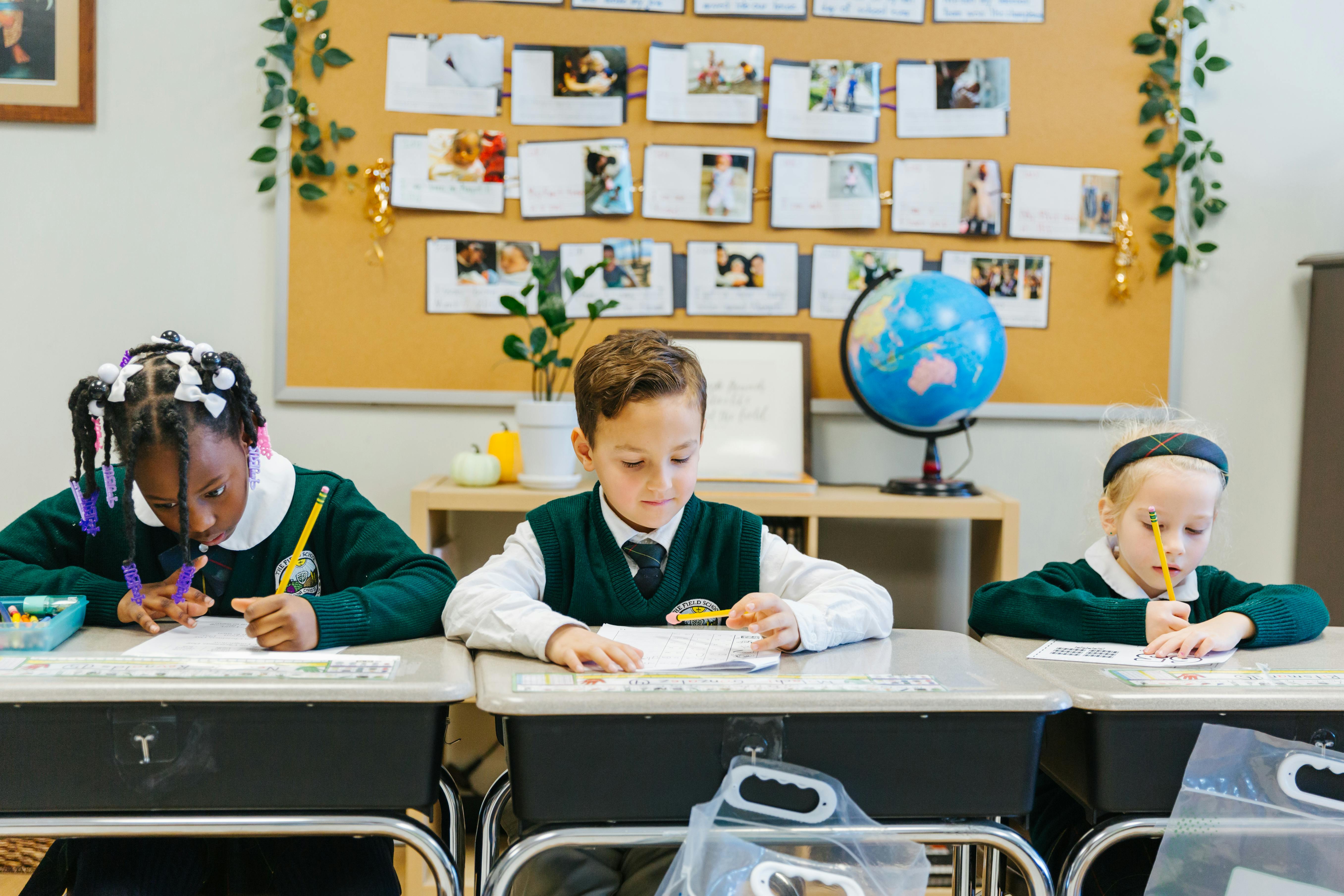
Elementary School (1st - 5th)
After studying the seven continents in 1st grade, students begin their study of the narrative of history in 2nd grade, starting with ancient history and continuing through modern history in 5th grade. In addition to math and science, each grade level incorporates four elements of humanities: Bible, literature, art, and music. Students transition from learning Spanish to Latin in 3rd grade.
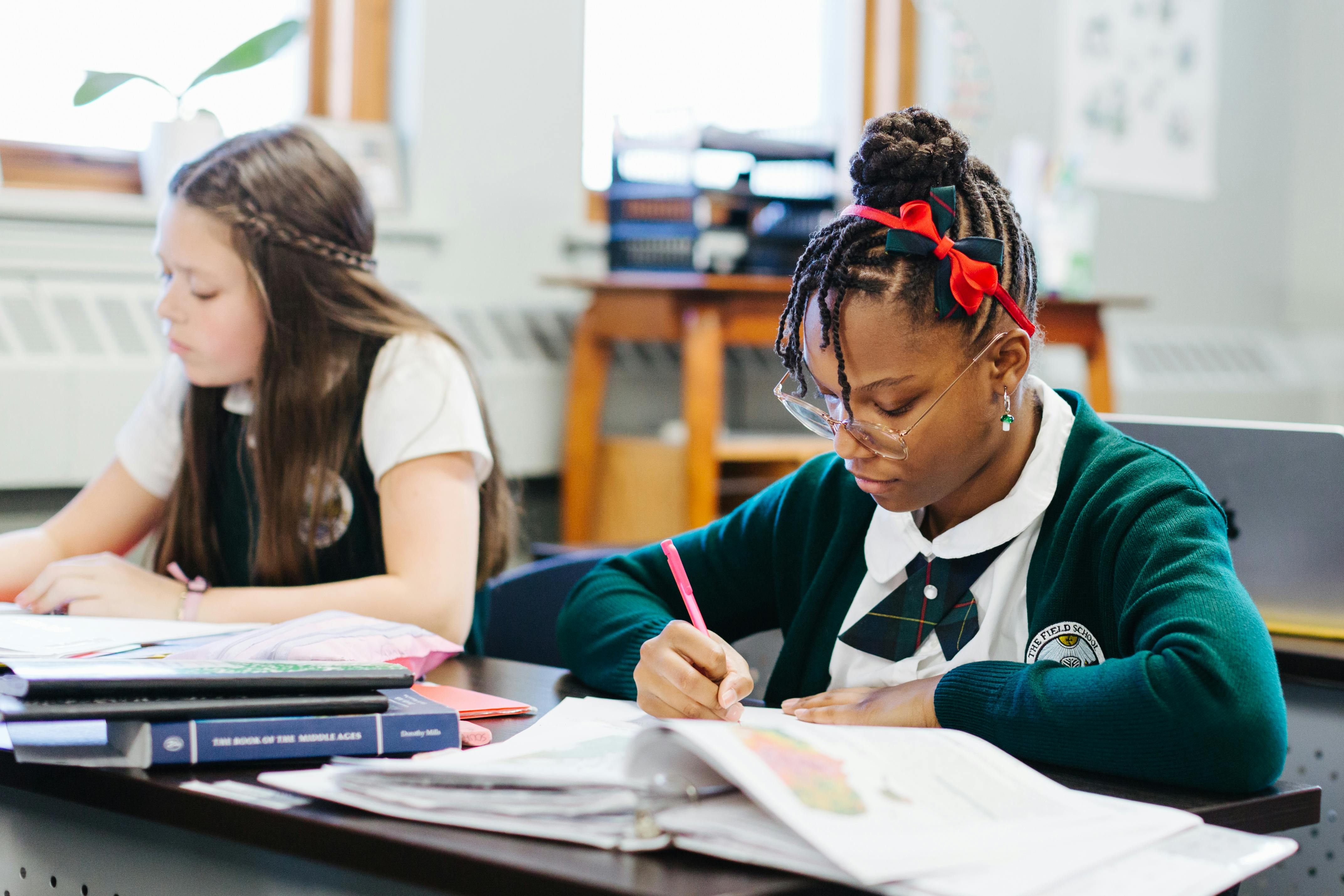
Middle School (6th - 8th)
After completing the timeline with modern history in 6th grade, middle school students return for a deeper dive into certain time periods using a greater number of primary texts. Class time is spent discussing the ideas presented in these texts and responding analytically in writing.
Children's lessons should provide material for their mental growth, furnish them with fruitful ideas, and afford them knowledge really valuable for its own sake, accurate, and interesting, of the kind that the child may recall as a man with profit and pleasure.
Curriculum Distinctives
Humanities
Humanities at The Field School are composed of four elements: Bible, literature, art, and music. These studies are anchored to the timeline of world history, using a four-volume text called Story of the World by Susan Wise Bauer. In 2nd grade, students are introduced to the timeline and receive a personal “Book of Centuries” in 2nd grade to notate and illustrate significant historical figures and events throughout their studies at The Field School.
Through a chronological study of the timeline, students learn to connect the development of ideas over time to noteworthy people and events. Literature studied is intentionally selected to engage the time period of study.
Diversity
We believe that studying content from diverse backgrounds encourages students toward a deeper love of neighbor, more robust self-expression, and fuller appreciation of the beautifully complex world God created. Students are taught to create their own art and literature in the style of the works they study, and artist study is often supplemented by field trips to local institutions such as the Art Institute of Chicago.
Sample material studied:
- Artists Henry Ossawa Tanner, Diego Rivera, Hokusai
- Musicians Duke Ellington, Miles Davis, Joseph Bologne Chevalier de Saint-Georges
- I, Juan de Pareja, The Courage of Sarah Noble, Narrative of the Life of Frederick Douglass
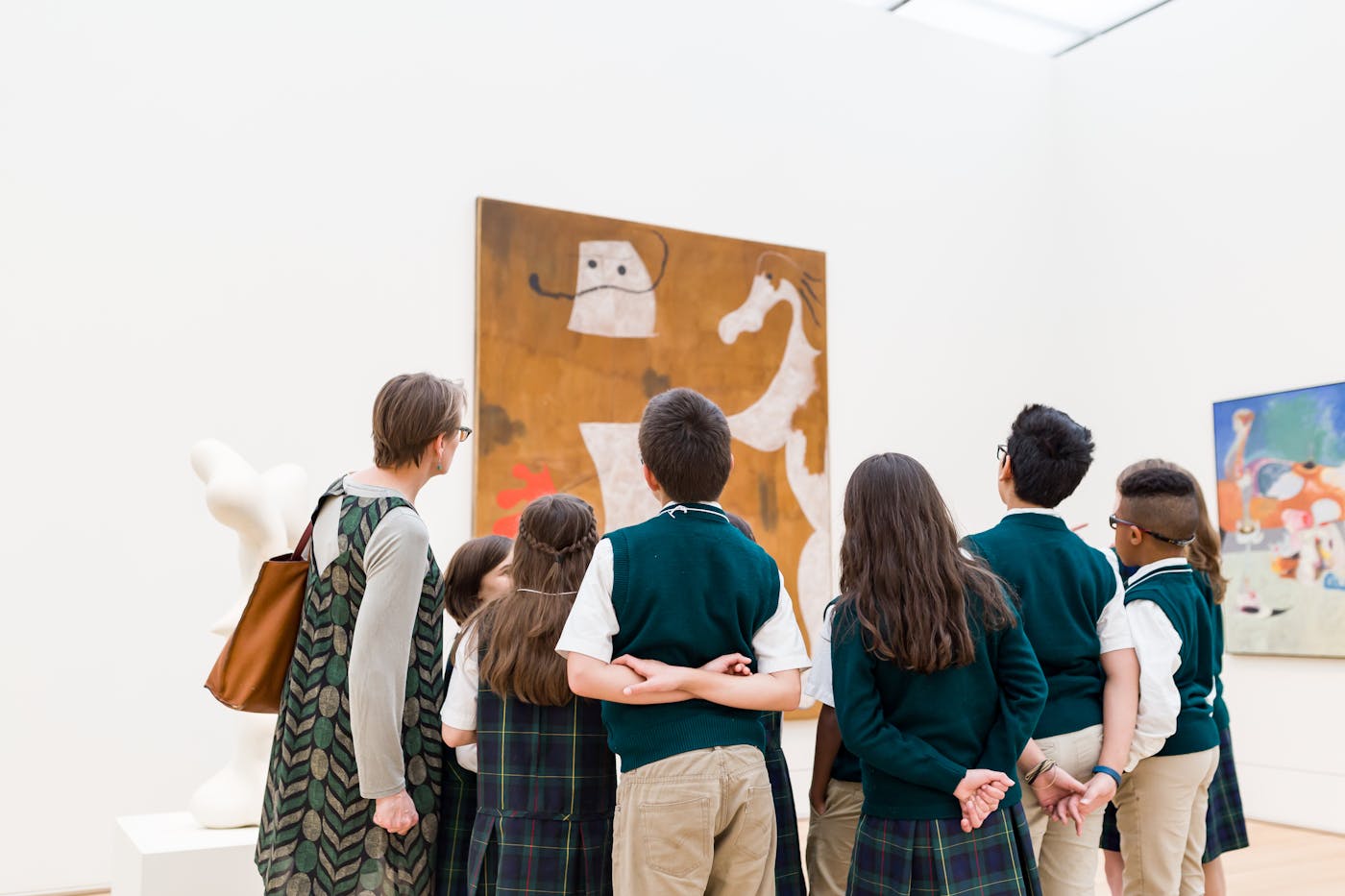
Artist study
Students become "friends" with the artists of the ages by studying their lives and learning to imitate their work. They are taught to “give up their eyes” and let the great artists show them something they would not otherwise see about the world. When students see the pieces they have studied in real life (many are on display at the Art Institute of Chicago), they feel they are meeting an old and beloved friend.
Sample works studied:
- The Banjo Lesson” by Henry Ossawa Tanner (introduced in Kindergarten and revisited in Middle School)
- “The Flower Seller” by Diego Rivera (1st grade)
- “The Death of Socrates” by Jaques Louis David (3rd grade)
- “Sowers at Sunset” by Vincent Van Gogh (6th grade)
Specials
Students participate in weekly art, music, P.E., and language classes, learning Spanish from Pre-K through 2nd grade and Latin from 3rd through 8th grade. In these classes, they learn from an expert in the field for deeper training in the particular craft or skill.
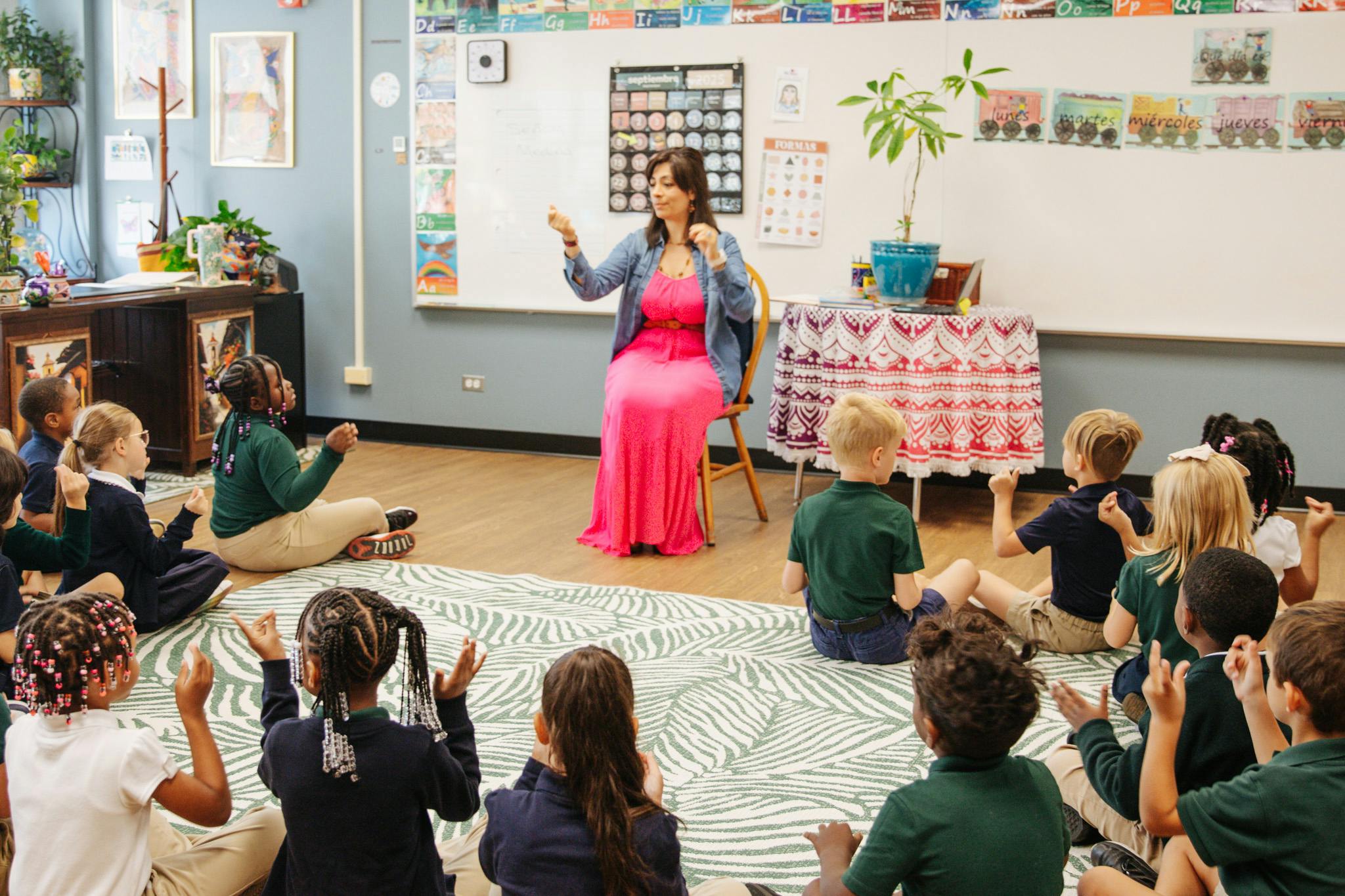
Spanish/Latin
Students study Spanish from Pre-K through 2nd grade, developing language through multimodal engagement and exploring how language interweaves with culture in the diverse Spanish-speaking world. In 3rd grade, students transition to Latin, beginning their six-year study of grammar, vocabulary, and reading.
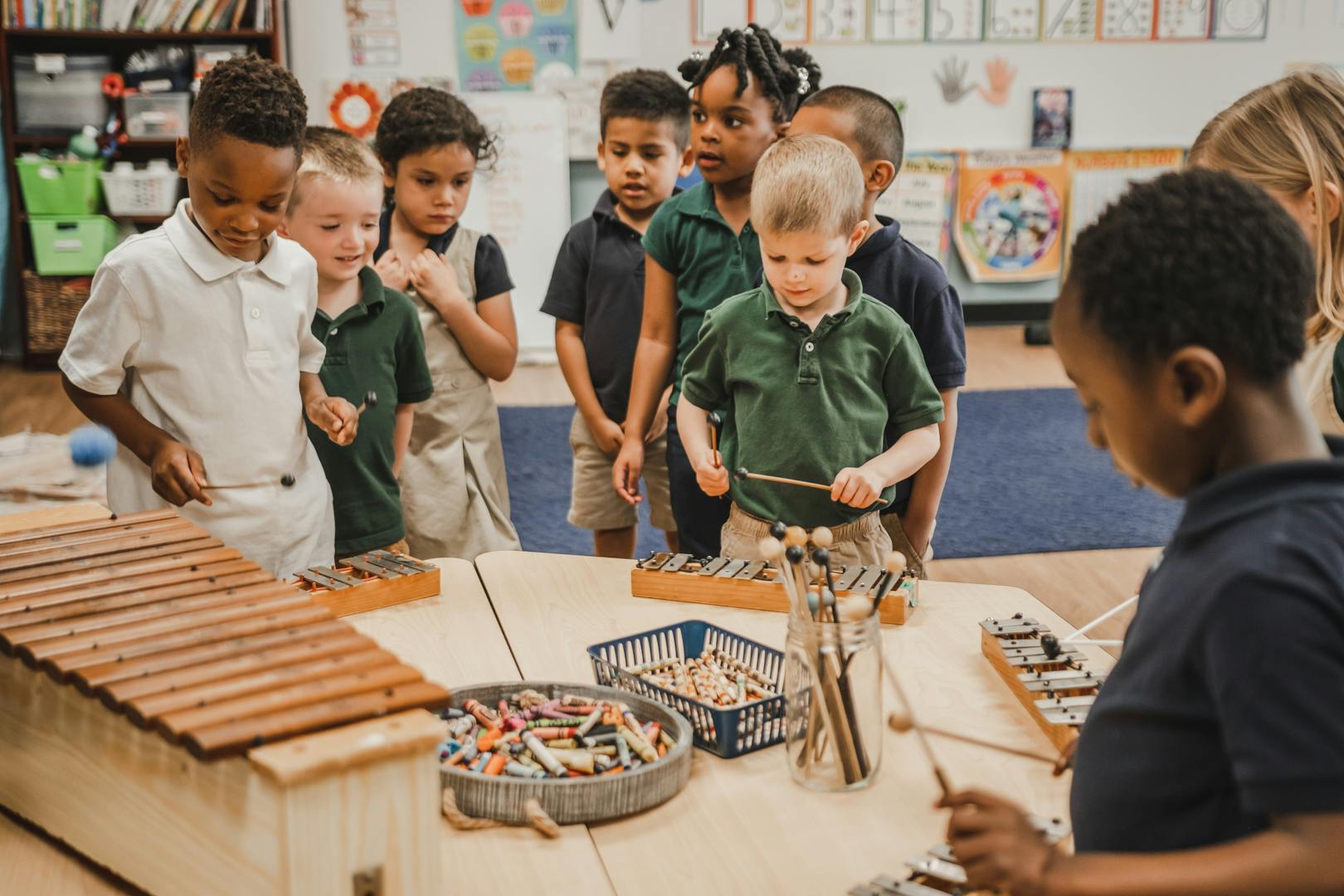
Art/Music
In music, students are taught through the Kodaly method to learn basic music theory and develop aural and music performance skills through active singing, listening, and movement. In art, students participate in hands-on skill development with the tools and materials of various art media.
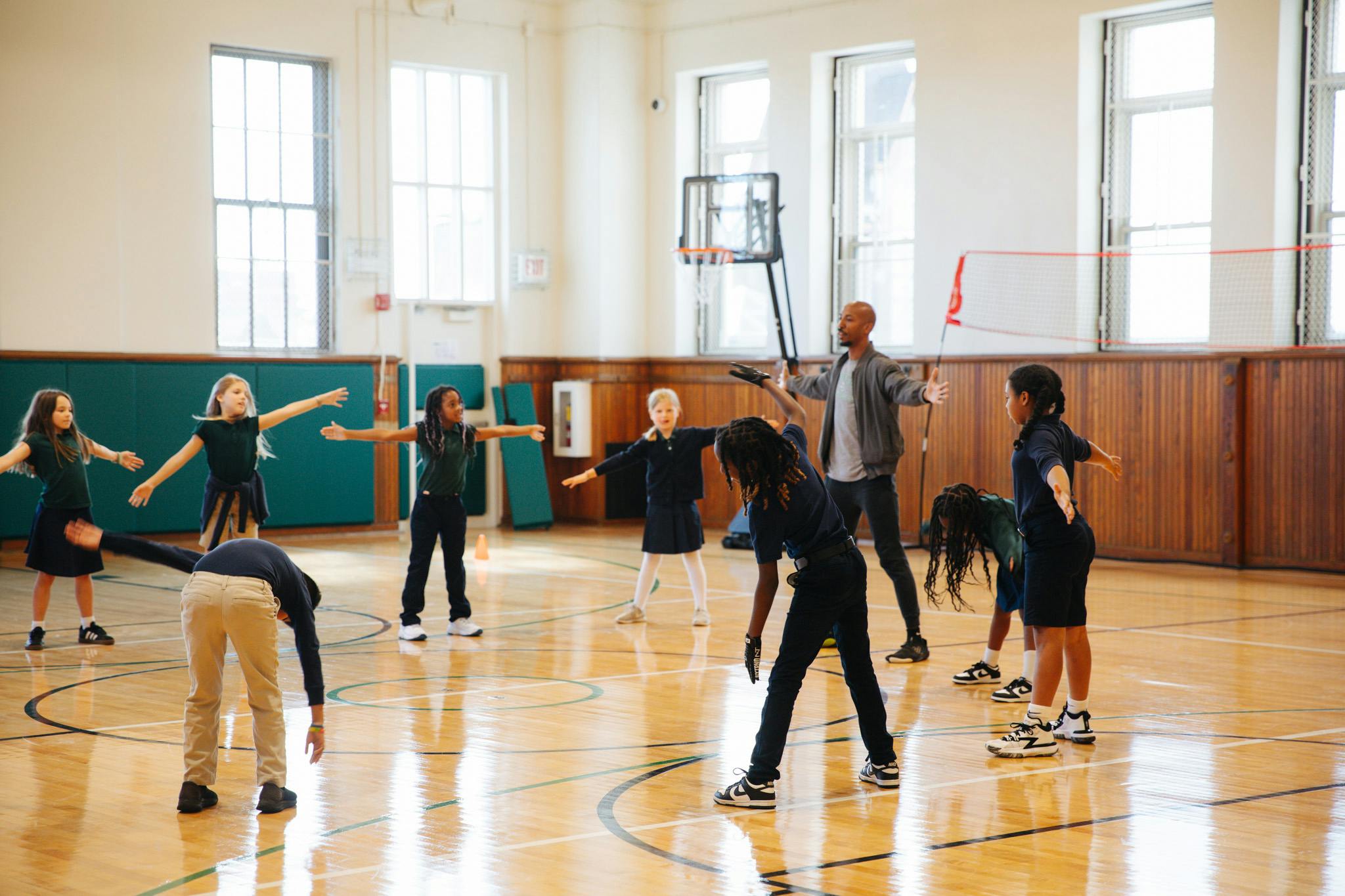
Physical Education
Younger students participate in activities designed to develop gross and fine motor skills, while older students learn sports and games that can help them maintain fitness throughout their adult lives. All P.E. classes are aimed at building character and fortitude.
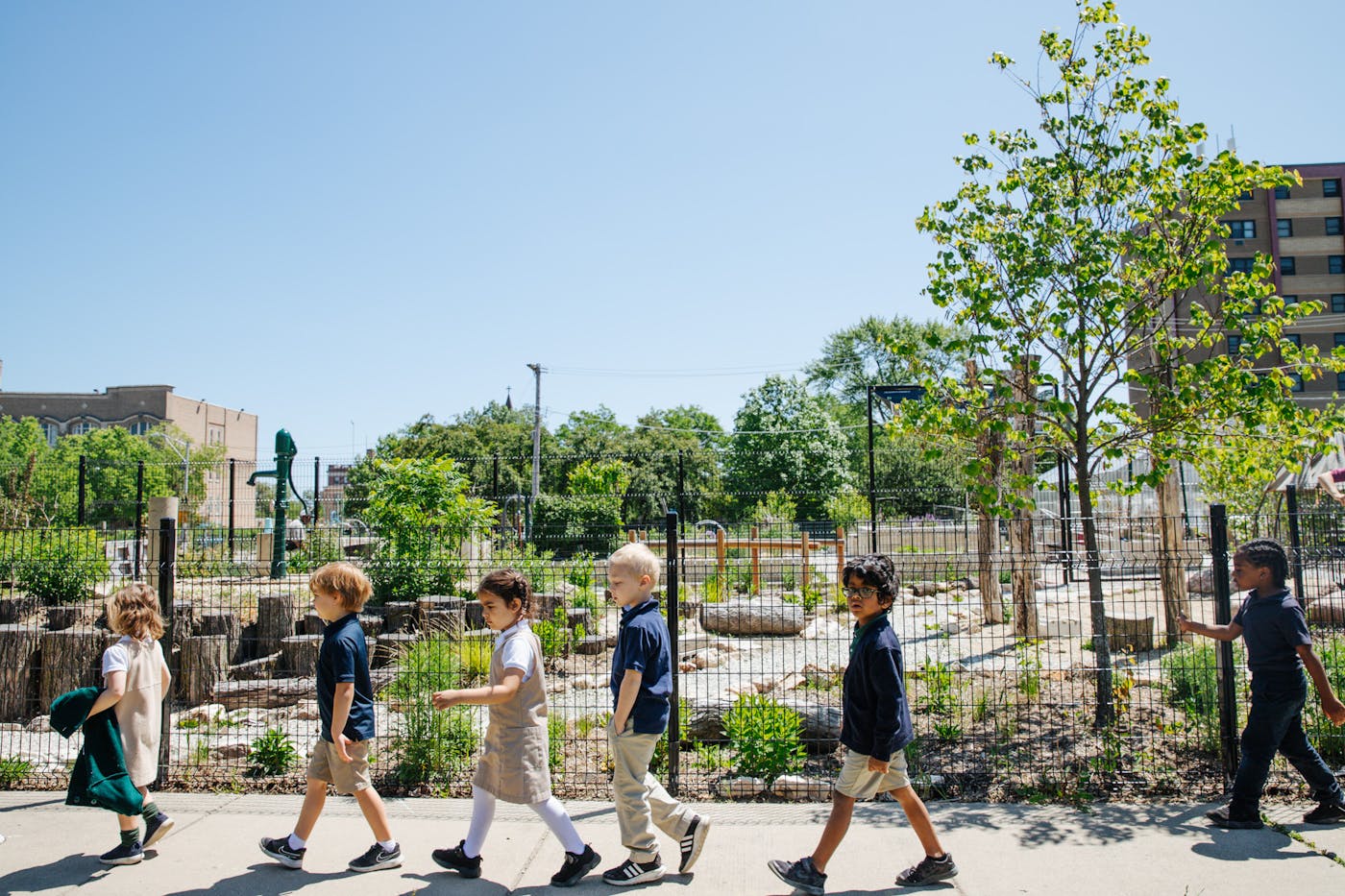
Nature study
Students learn to appreciate the beauty of the created world by practicing observation during outdoor nature walks and documenting their finds through written work and art. As they learn the names of the living things around them, they begin to notice more nature in their daily lives than they ever realized. We also prioritize field trips to nature areas to immerse in God’s creation. Kindergarten students begin nature sketches with pencil; 2nd graders begin adding skills of brush drawing to better capture the gesture of natural objects.
Recitations
Students are taught to memorize and recite inspiring words expressed throughout the centuries—words that are worth having written on the heart of the child. Our hope is that as students internalize these texts, their affections, impulses, and actions would be enriched and moved toward the glory of God.
Sample texts recited:
- “Stopping by Woods on a Snowy Evening” by Robert Frost (Kindergarten)
- “Horatius at the Bridge” by Thomas Babington Macaulay in Lays of Rome (3rd grade)
- Colossians 1 (4th grade)
- Prayer of St. Teresa of Avila (4th grade)
- “What to the Slave is the 4th of July” by Frederick Douglass (5th grade)
- “The Gettysburg Address” by Abraham Lincoln (6th grade)